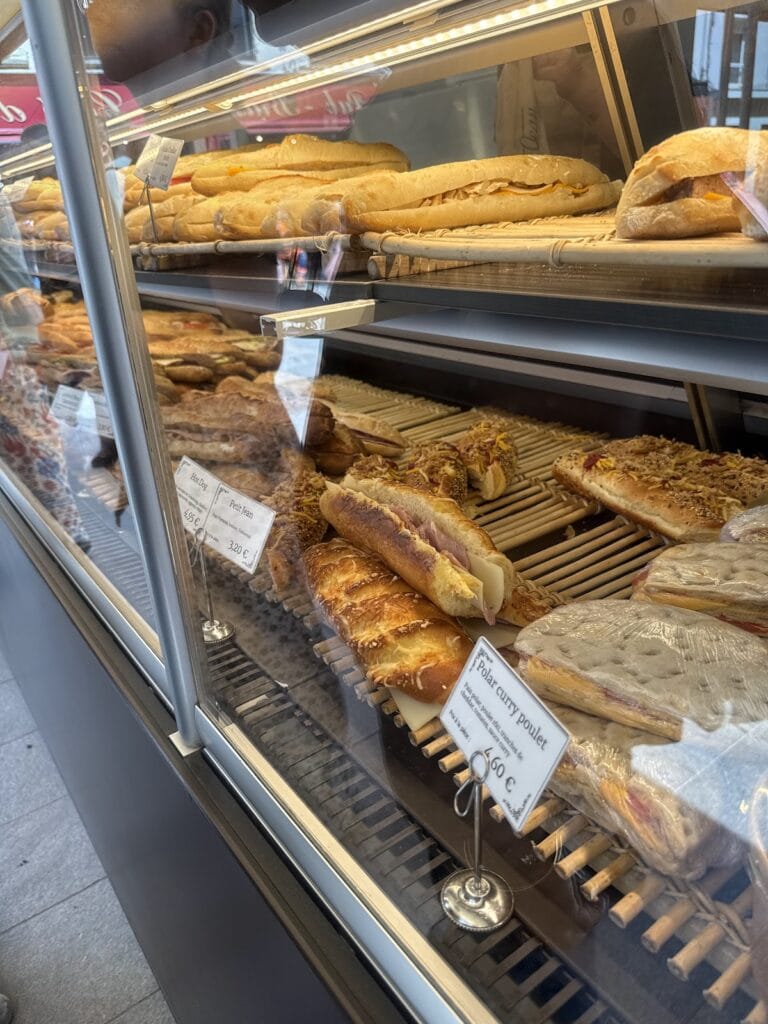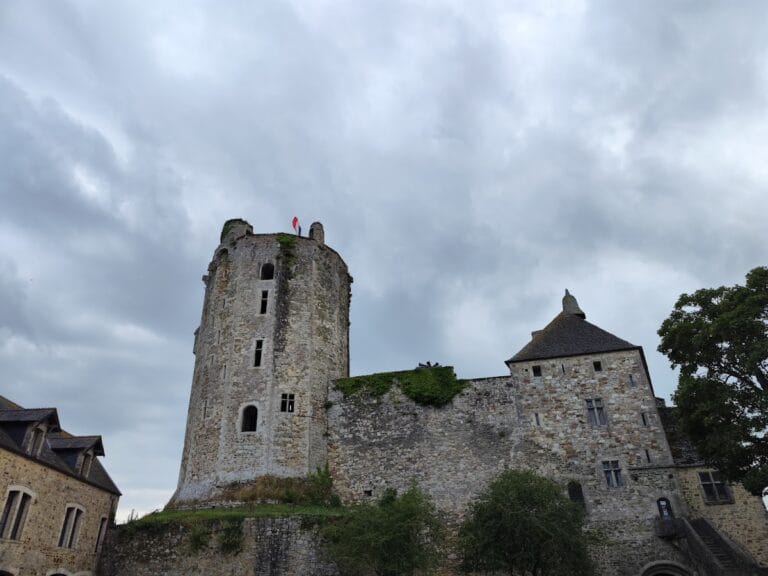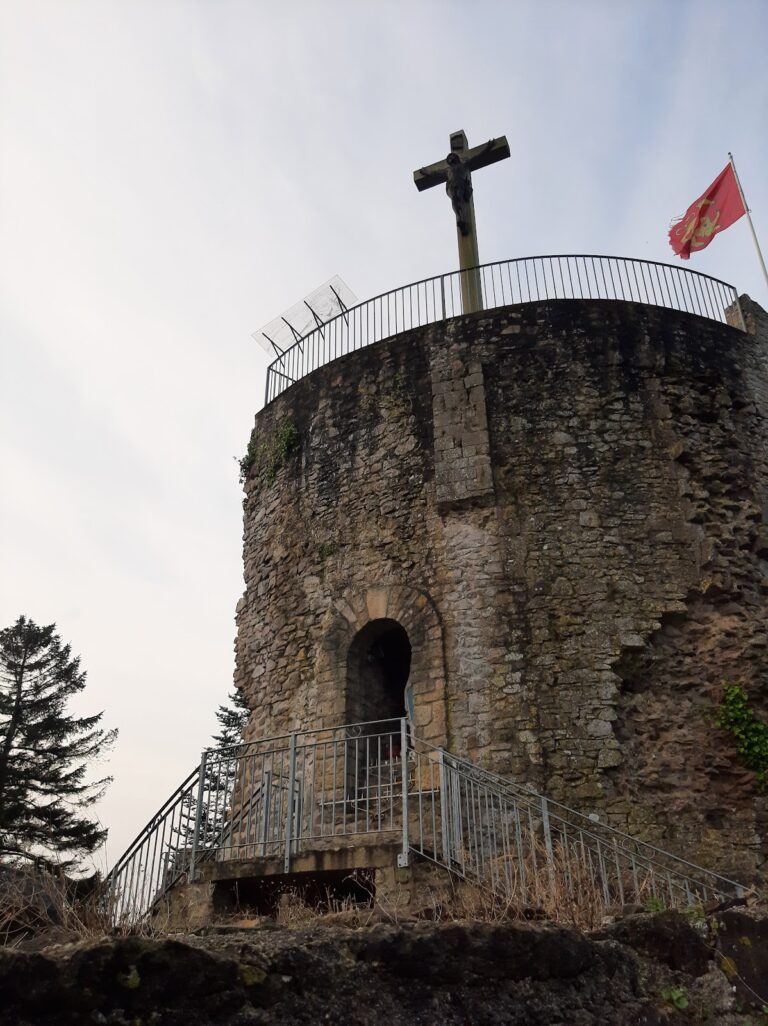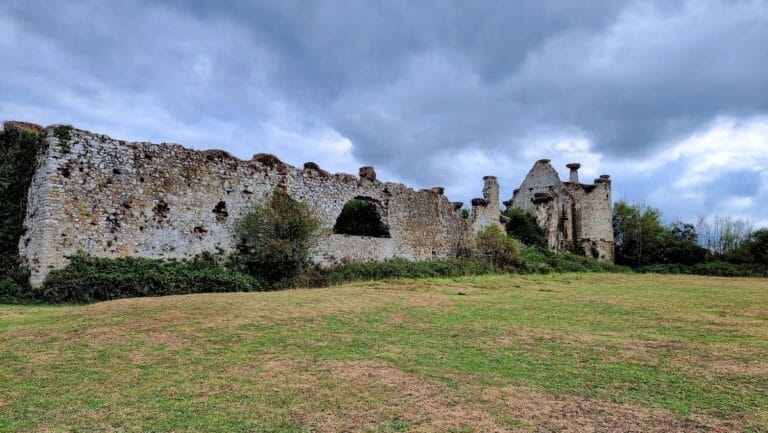Château de Cherbourg: A Historic Fortress in Cherbourg-en-Cotentin, France
Visitor Information
Google Rating: 4
Popularity: Low
Google Maps: View on Google Maps
Official Website: www.boulangerie-petitjean.fr
Country: France
Civilization: Medieval European
Remains: Military
History
The Château de Cherbourg stands in the city of Cherbourg-en-Cotentin, France, on a site originally occupied by the Gallo-Roman fort known as Coriallo. This fortress, dating back to Antiquity, served as the foundation for the medieval castle first recorded in 1026 under the name Carusburg, a Latinized form that reflects the continuity of the location’s strategic importance.
During the Early Middle Ages, the site emerged as a political and economic center within the Cotentin peninsula. In the 7th century, it functioned as a mint, while by the 8th century it likely served as the residence of Count Richwin. This period also saw the establishment of a significant burial ground linked to the Merovingian and Carolingian dynasties, illustrating the area’s prominent local role.
In 1026-27, Duke Richard III of Normandy included the castle in a dowry given to Duchess Adèle, marking the fortress as part of the ducal patrimony. Just decades later, between 1063 and 1066, Duke William—later known as William the Conqueror—installed a community of canons to serve a chapel dedicated to Notre-Dame within the castle, underlining its religious and administrative functions during his rule.
The castle was strengthened considerably in the early 12th century under Henry I Beauclerc, who completed a new defensive enclosure around 1140. Despite these fortifications, Geoffrey Plantagenet besieged and captured the castle in 1143. It continued to serve as a ducal residence, with Henry II Plantagenêt notably spending Christmas there in 1158 and again in 1170, reinforcing its status within the duchy.
At the turn of the 13th century, King John of England, also known as John Lackland, stayed at the castle in late 1199 and early 1200 to receive the homage of local barons from the Cotentin region before departing for England. However, after the French crown annexed Normandy in 1204, King Philip Augustus entered Cherbourg and granted privileges to the town’s inhabitants, indicating a shift in political control.
Throughout the late 13th and early 14th centuries, the castle successfully resisted several English raids, notably in 1284 and 1295, and served as a stronghold and refuge during sieges. Around 1300, King Philip IV reinforced the city defenses by constructing a new wall that withstood English attacks in 1314 and 1346 during the long struggle known as the Hundred Years’ War. Further reinforcements followed in 1347, highlighting continuous military investment.
In 1354, Charles the Bad, King of Navarre, undertook a major reconstruction, replacing the old castle with a new fortress praised by contemporary chroniclers as one of the most formidable in the region, well protected by its seaside position. Despite being lightly defended in 1370, the castle resisted a siege in 1378 by the renowned French commander Bertrand du Guesclin, who failed to capture it despite a blockade.
During this time, Charles V of France implemented a scorched earth policy known as the “great emptying of Cotentin,” aimed at starving the English garrison holding Cherbourg. This strategy led to the lifting of the siege in December 1378. The castle changed hands several times during the ongoing conflicts but returned firmly to French control by 1404.
The English regained Cherbourg in 1418 after a prolonged siege and held it until 1450. That year, following a month-long resistance to bombardment, the city finally surrendered to the French. Subsequent repairs included the construction of a tower equipped with three batteries housing seventeen cannons, reflecting advances in artillery warfare.
The Château de Cherbourg continued to play a defensive role during the Wars of Religion in the 16th century and remained militarily significant until the late 17th century. However, in 1688, on the orders of Louis XIV and his minister Louvois, the fortress was deliberately demolished. Later, in the 18th century, the celebrated military engineer Vauban integrated the site into new bastioned fortifications encircling the city. The final visible trace of the castle, its Church Tower, stood until 1850 before being removed during the construction of the Napoléon quay along the waterfront.
Remains
The Château de Cherbourg once occupied an irregular quadrilateral area, with its defensive walls enclosing a compact fortress featuring numerous towers and moats. The overall layout included a donjon, or main keep, positioned on the northern side of the castle facing the sea. This donjon was rectangular, measuring approximately 55 meters in length and 15 meters in width. It was fortified with four round towers at its corners and was itself surrounded by a water-filled moat, emphasizing its role as the central defensive stronghold.
Surrounding the donjon, the castle’s bailey — the outer courtyard area — was protected by nine additional round towers, spaced very closely at intervals of just 10 to 12 meters. Excavations conducted in the late 1970s revealed the foundations of two of these western towers, known as the Clock Tower and Longis Tower. These medieval walls were constructed using small, elongated stone blocks, displaying a masonry technique typical of the period.
According to 17th-century maps, including the detailed Gomboust plan drawn during the reign of Louis XIII, the castle was enclosed by roughly a dozen towers and surrounded by moats, reinforcing its identification as a fortified redoubt in the southern part of the city. Within its walls, the castle contained housing for the garrison troops and featured a main entrance called the English Gate, pointing to its role in controlling access to the town.
The city walls themselves, which enclosed the broader urban area adjacent to the fortress, incorporated about ten lower towers and bastions. These fortifications overlooked a wide moat designed to impede attackers. Up until the 11th century, a chapel dedicated to Notre-Dame stood inside the castle courtyard, later replaced by a church called the Trinity built just northwest of the fortress by William the Conqueror.
By the late 17th century, when Vauban inspected the site, he recorded the castle as largely in ruins. Some of the old barracks had partially collapsed, and the donjon was reported to be decaying. Although the castle once contained streets and houses within its walls, these had vanished by that time, likely due to the diminishing military importance and prior destruction.
After its demolition in 1688, the site of the former castle was absorbed into Vauban’s 18th-century fortifications, which emphasized bastioned geometric designs suited to resisting artillery. The last remaining structure tied to the medieval fortress, the Church Tower, survived until 1850 when it was removed during the construction of the Napoléon quay along Cherbourg’s harbor.
Today, archaeological investigations have confirmed the castle’s layered history through its foundations and masonry remains, illustrating the evolution of fortification techniques from late Roman times through the Middle Ages and into the early modern era.










